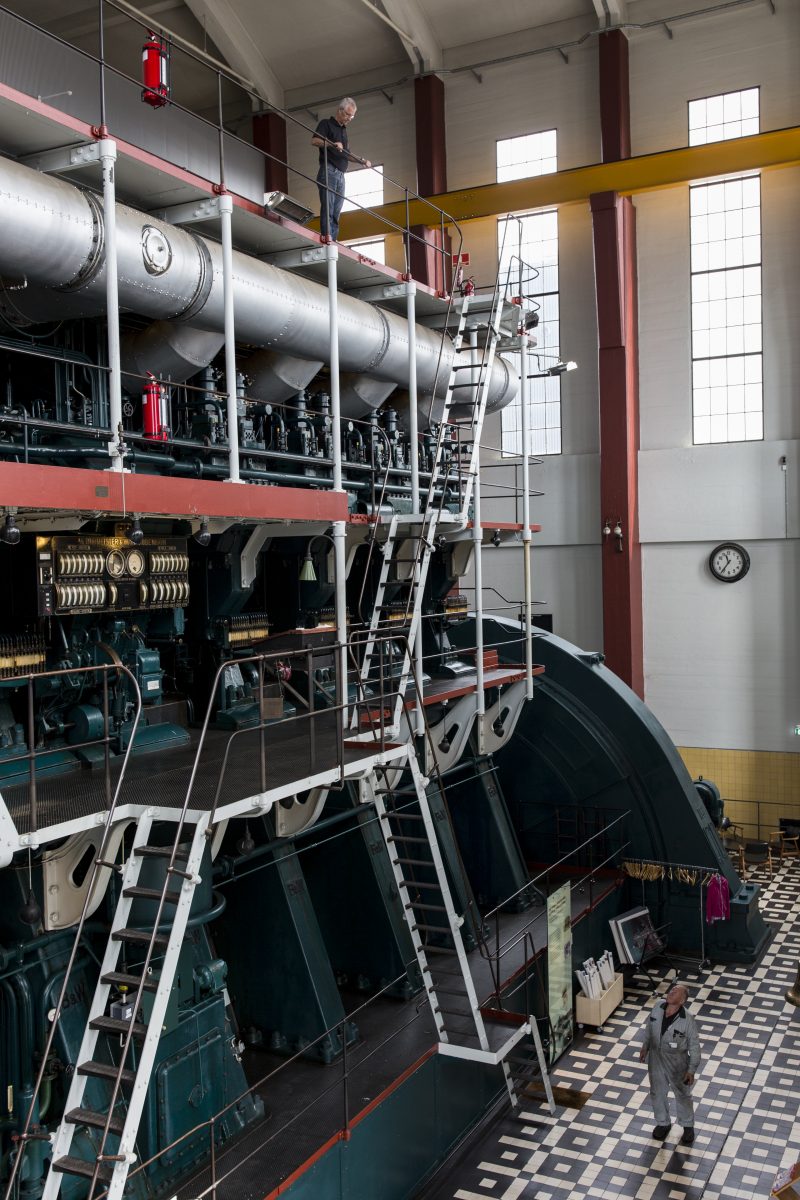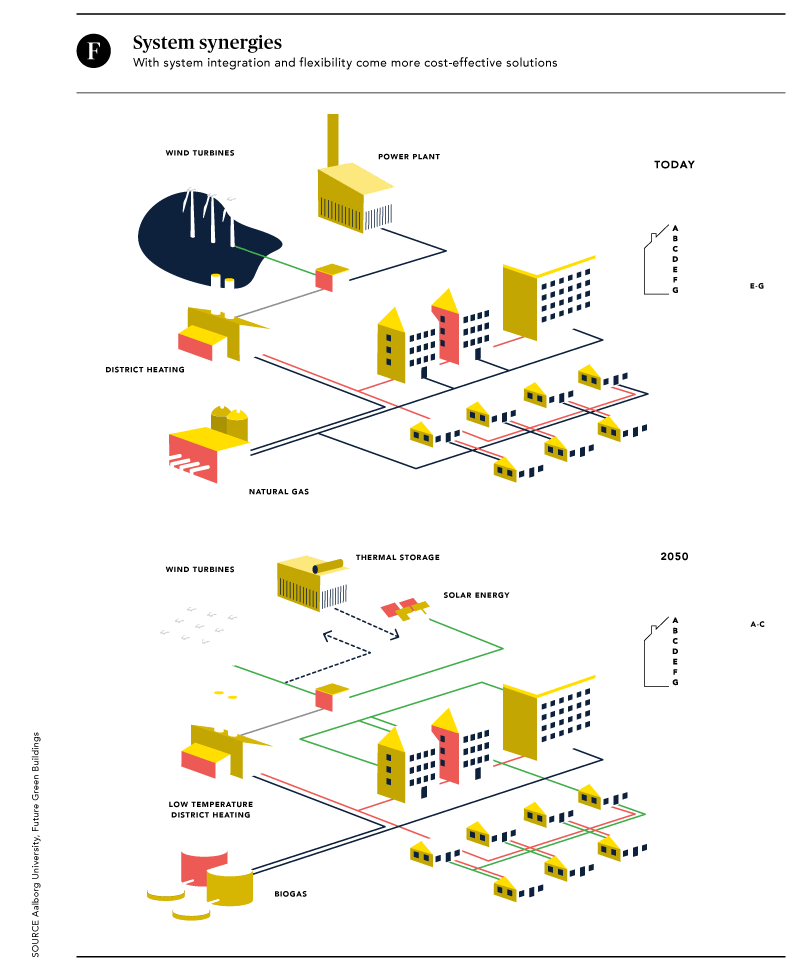INDUSTRIAL ENERGY SAVINGS
Industrial electric motors alone use a third of the world’s electricity, much of it in profligate use of energy that can be reduced with good engineering solutions. The world’s engineering industry has a major contribution to make in bringing down industrial energy use in all applications, everywhere
President Donald Trump might have pulled the US out of the Paris Agreement on climate change but that will not reduce demand for General Electric’s wide-ranging energy efficiency solutions, says company global executive director Deb Frodl.
“Clean energy technology is such an essential part of business and government strategies all over the world. Renewables are now mainstream and I think that we will see the industry continue to lead the clean energy transition,” she adds.
……
Twelve years ago, when GE was considered one of the largest industrial polluters, the company launched a multi-billion dollar green brand, Ecomagination, which accelerated its move towards cleaner energy like wind and solar power as well as technologies that improve environmental well-being, including aircraft engines with lower emissions and better water purification technology.
The company has particularly focused on wind power. It re-entered the wind turbine manufacturing business in 2002 through the purchase of bankrupt energy giant Enron’s wind division. More recently it bought Danish LM Wind Power, a long established leading supplier of rotor blades to the wind industry and acquired a one-time Spanish wind turbine manufacturer through its merger with globalised French engineering company Alstom, which had earlier bought the wind firm.
Development of digital technology to support GE’s global business empire is a core company mission, wind power no exception, and it is seeking to expand its role as a digital pioneer. “We are now able to connect people with industrial machines through analytics and data for better business outcomes and we strongly believe that co-developing solutions is the best way to accelerate decarbonisation,” Frodl says.
The big engine that could.
In 1933, the world’s largest diesel engine was delivered to the HC Ørsted power plant in Copenhagen, where it operated for the next 30 years. It was last put to use during a power failure in 2003 that hit Copenhagen and large parts of Sweden when it was used to bring the power system back up again. The now pensioned engine has a maximum generating capacity of 15 MW
SPENDING MONEY TO SAVE MONEY
Globally, the industrial sector is responsible for around one-third of primary energy consumption and greenhouse gas emissions. Industry will have to significantly increase its energy productivity by improving energy efficiency and switching to low-carbon or carbon-free energy sources if the global climate change mitigation targets agreed on under the umbrella of the United Nations are to be met.
While 60% of the potential for energy efficiency improvements in the industrial sector is yet to be realised, information, financial, and regulatory barriers often prevent enterprises from fully exploiting the opportunities.
According to Tim Farrell at the Copenhagen Centre on Energy Efficiency, which serves as the energy efficiency hub for Denmark’s Sustainable Energy for All initiative, there is a general lack of appreciation of the value of energy efficiency in improving productivity and the economy.
“There is a shift in the narrative in the policy making arena towards considering multiple benefits of energy efficiency such as job creation and improvements in health and well-being in development of energy efficiency actions. Identifying and prioritising these multiple benefits can redirect the investment flow towards energy efficiency projects,” says Farrell. The broader benefits of energy efficiency can be difficult to monetise, quantify or even measure. Yet the International Energy Agency recently concluded that energy efficiency measures can deliver returns of as much as €4 for every €1 invested once the value of multiple benefits are included.
…
####
GENTLEMEN, IMPROVE YOUR ENGINES
Today, 30% of global electricity, some 6000 TWh, is used in industrial electric motor-driven systems. The total demand for energy services provided by industrial motor engines is set to more than double by 2040, with nearly half the increase coming in China and India.
As much as 60% of the achievable energy reductions in motor systems lie in optimising the whole and not just individual component parts, according to Denmark’s Danfoss, a large privately held engineering company offering energy efficiency solutions. Installing variable speed converters is one of the best measures for saving electricity, says the company’s head of industry affairs, Aksel Jepsen.
“Nearly all technical systems are dimensioned for worst-case load scenarios. By matching the rotational speed of the machine to the actual load with the help of our frequency converter, energy efficiency can be improved,” he explains.
Danfoss has already helped many large ocean going ships save up to 80% of the energy used in their engine cooling systems, including several belonging to Danish shipping giant Maersk. The savings are achieved by adapting the pumps for flexible loading dependent on the temperature of the ambient seawater used to cool the engines.
Another energy efficiency success was achieved for Denmark’s second largest city of Aarhus, which Danfoss helped to maximise energy production at a city wastewater treatment plant and minimise energy consumption to the extent that more energy is produced than used by the facility, which serves 200,000 people.
Another Danfoss specialisation is hybrid propulsion solutions that marry diesel engines with electric motors to achieve fuel savings, particularly on car ferries operating in the Netherlands, among other places. The company’s entire business concept is now focused on delivering industrial solutions that save energy and reduce CO2 emissions, says Jepsen.
“When you work strategically with energy efficiency the gains spread like rings in water. The necessary production apparatus gets smaller and cheaper and it’s no longer necessary to operate it at worst-case loads all the time. An entire chain reaction of positive effects is set in motion,” says Jepsen.•
CLEAN IMAGINATION
Since GE launched its Ecomagination initiative in 2005, the company has invested $20 billion in cleaner technology solutions, generating $270 billion in revenues. GE has also reduced greenhouse gas emissions in its operations by 42% since 2004 and reduced freshwater use by 53% since 2006. The company aims to invest another $5 billion in Ecomagination solutions by 2020. According to GE global executive director Deb Frodl, Ecomagination can be summed up in three key insights: vision, embodied in a strategy led from the top involving mobilisation of stakeholders through public commitments and everybody moving in the same direction; collaboration, with GE partnering with other companies to create the best solutions; and transparency, implemented through annual reports as a key way of monitoring successes, achievements and lessons learned…. …
…
 Lighting accounts for nearly 6% of global CO2 emissions. A global switch to energy efficient light emitting diode (LED) technology could save over 1400 million tonnes of CO2 and avoid the construction of 1250 power stations
Lighting accounts for nearly 6% of global CO2 emissions. A global switch to energy efficient light emitting diode (LED) technology could save over 1400 million tonnes of CO2 and avoid the construction of 1250 power stations
…
…
FLEXIBLE FINESSE
The bigger the pool of energy, the less the ripples in generation and consumption are felt and the more flexibility there is for balancing supply and demand. By merging the heating and electricity sectors into single giant energy systems, security of supply from variable renewables is enhanced at far less overall cost than otherwise. Using heat pumps at times of high renewables power production becomes a system management tool and a green supply of heat to buildings. An air-source heat pump can deliver one-and-a-half to three times more heat energy than the electrical energy it consumes. A heat pump sucks heat from the outside air and compresses it, to raise the temperature, before releasing it inside the building.
…
TEXT Sofie Buch Hoyer PHOTO Lars Just


